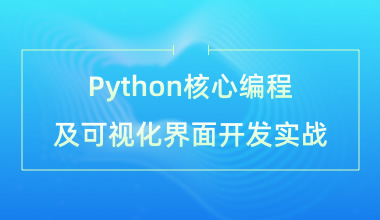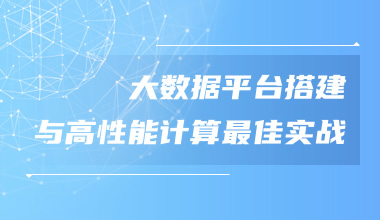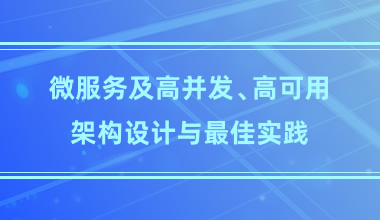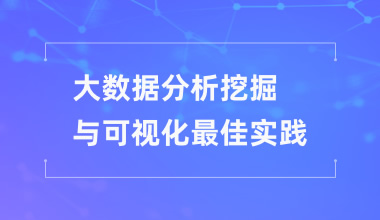Python中的并行性和并发性
在Python编程语言当中,很多人对Python中的并行性和并发性不了解。今天我们将讨论python中的并发和并行性。在这里,我们将研究Python的多线程,多处理,异步编程,并发和并行性。我们使用python的多处理模块来实现并行性,而Python中的并发是通过线程和异步IO模块来实现的。并行运行的程序将被称为并发,但事实并非如此因此,在不浪费时间的情况下,让我们开始吧。

平行性
这意味着要同时以相同的顺序执行多个任务。
多重处理:这意味着将任务分配到CPU内核上[在终端中键入来检查计算机中的内核数。]。对于任何与CPU绑定的任务,我们可以使用python的multiprocessing模块。我们只需在多处理中创建一个Pool对象,即可提供一种便捷的方法来跨多个输入值并行执行函数。让我们借助一个示例来看看它:
import multiprocessingimport os import time import numpy as npdef DotProduct(A):
dot_product = np.dot(A[0],A[1])
return
List = [[np.arange(1000000).reshape(5000,200),np.arange(1000000).reshape(200,5000)],
[np.arange(1000000).reshape(500,2000),np.arange(1000000).reshape(2000,500)],
[np.arange(1000000).reshape(5000,200),np.arange(1000000).reshape(200,5000)]]
if __name__ == "__main__":
# executing a code without multiprocessing .. ie. on single core .
start = time.time()
B = list(map(DotProduct,List))
end = time.time() - start
print("Full time taken : " , end , "seconds")
# lets look at executing same code with multiprocesing module on multiple cores ..
start = time.time()
pool = multiprocessing.cpu_count()
with multiprocessing.Pool(pool) as p:
print(p.map(DotProduct,List))
end = time.time() - start
print("Full time taken : " , end , "seconds")
##输出//
耗时:23.593358993530273秒
耗时:14.405884027481079秒
并发
这意味着同时执行多个任务,但要以重叠或不同或相同的顺序进行。(Python在处理并发方面不是很出色),但是它做得相当不错。
1.多线程:运行不同/多个线程以在单个处理器上执行任务。多线程对于执行IO绑定任务(例如—同时向服务器发送多个请求等)确实非常有用。创建的每个新线程将具有PID(进程ID),并将具有启动函数。如果要在线程完成其工作后运行loc,可以使用该线程的join()函数。Python与它的GIL有非常复杂的关系,并且代码的输出变化很大。
2.异步IO:在Python中,异步IO是单线程单进程设计范例,通过某种方式设法实现并发。
让我们借助一个示例对其进行研究。
import threadingimport os import time import numpy as npdef BasicOperation():
# square of number
def square(number):
return number*number
# cube of a number
def cube(number):
return number**3
# nth power of a number
def nth_power(number,power):
return number**power
# sum of n numbers
def sum_of_n_numbers(number):
return number*(number+1)/2
# using functions to drive a program ...
print("square of 5 is " , square(5))
print("cube of 5 is " , cube(5))
print("5 raise to power 2 is " , nth_power(5,2))
print("sum of first 5 numbers is" , sum_of_n_numbers(5))
def DotProduct():
A = np.arange(1000000).reshape(5000,200)
B = np.arange(1000000).reshape(200,5000)
Dot = np.dot(A,B)if __name__ == "__main__":
# without threading ...
start = time.time()
BasicOperation()
Mid = time.time() - start
print("Mid time taken : " , Mid , "seconds")
DotProduct()
end = time.time() - start
print("Full time taken : " , end , "seconds")
# with threading ...
start = time.time()
Thread_1 = threading.Thread(target = BasicOperation, name = ' Basic Operation Thread ')
Thread_2 = threading.Thread(target = DotProduct , name=' Dot Product Thread ')
Thread_1.start()
Thread_2.start()
Thread_1.join()
Mid = time.time() - start
print("Mid time taken : " , Mid , "seconds")
Thread_2.join()
end = time.time() - start
print("Full time taken : " , end , "seconds")
##输出//
5的平方是25
的5的立方是125
5 升到幂2是25
的前5个数字之和是15.0
耗时:0.0006113052368164062秒
全时耗:5的平方是10.373110294342041 25seconds
5的立方是中耗时:1250.0015938282012939453
5幂2是秒前5个数字的
25
总和是15.0
全时:12.598262786865234秒
以上就是关于Python中的并行性和并发性的全部内容介绍,想了解更多关于Python的信息,请继续关注中培教育。












